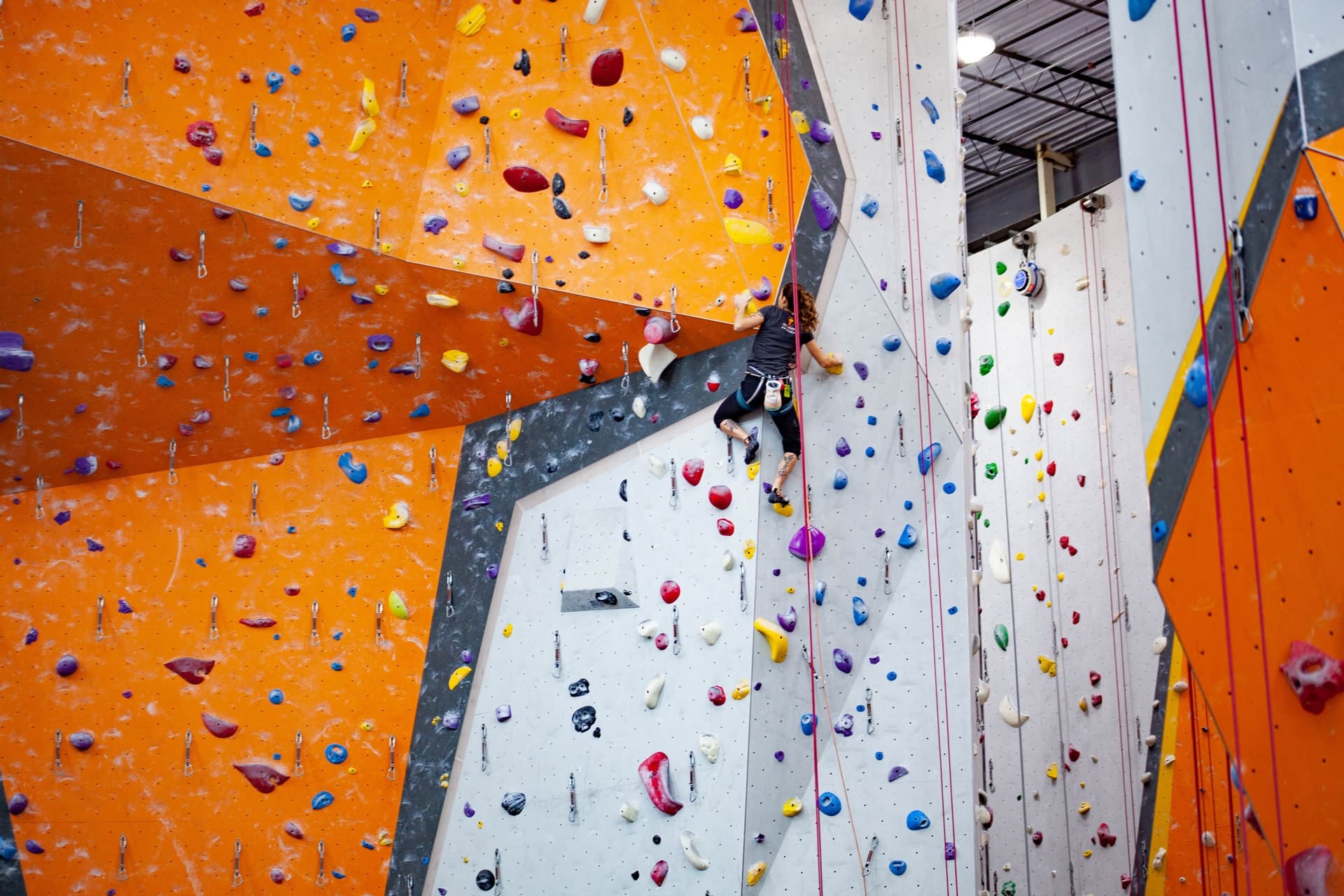
Some types of sports require strategic thinking, and we’re not talking about chess at all. Climbing is a type of sport that requires from the trainee not only physical stamina, but also an understanding of technique based on knowledge of physics and mechanics. Sound complicated? Not at all. Try your hand at your nearest climbing wall!
Remember this: you can eat two hours before your workout, but not after. A full stomach is the worst thing you can treat yourself to before a class. On the other hand, don’t deny yourself water. Drink 1.5 to 2 liters of water before the class starts. Climbing causes dehydration of tendons and joints, which increases the risk of injury. Proper hydration will help you avoid it.
Every climbing workout must be preceded by stretching, because when you start climbing, your joints and tendons should be decently warmed up. The length of the warm-up depends on how much time you plan to spend on the wall. If an hour, stretch before 20 minutes, if two hours – 40 minutes, and so on.
A beginner has a problem understanding which route to choose for the first workouts, for the reason that he does not know their classification. The most common is the French scale, on which routes are marked with numbers and letters: from 3A to 9B. The higher the number, the more difficult the route awaits you. To begin with, routes with a difficulty of 4, preferably 4A, will suffice, although – if you feel up to it – you can also try 4B and 4C. The most important thing is not to climb too high, because the climbing stones can turn, which is not safe for an inexperienced person.
If you plan to climb on real rocks in the future, try to make more use of the natural sculpture of the wall, i.e. its folds. What’s more, it happens that the natural edges of the wall play a key role in overcoming more difficult sections of the route.
This is a fairly common mistake made by people starting out on a climbing wall – bending their elbows. Try never to do this, because with such a position of the hands, the entire load rests on the biceps, and this means that with each successive movement your strength will be lowered. Professionals do not bend their elbows while climbing. This is the secret of their exceptional strength.
The optimal way for a beginner to climb is one that gives you full freedom and allows you to engage all parts of the body. Extend your arms, bend your legs at the knee, and press your torso against the wall. While doing so, the weight of the body should rest on the feet.
The positioning of the feet on the stones is one of the most important elements of successful climbing. Your feet must be positioned in such a way that if you make any turns, you will not fall. Before you start climbing, practice foot placement: place your feet on the stones at the very bottom and walk a few routes across the wall at a minimum height.
Among the most injury-inducing types of holds are the so-called arch and holes. A beginner should abandon them altogether, as they put unnecessary stress on the bones of the wrist. As an inexperienced person, use a hold with which the whole hand works (the so-called buckle).
main photo: unsplash.com/Jonathan J. Castellon